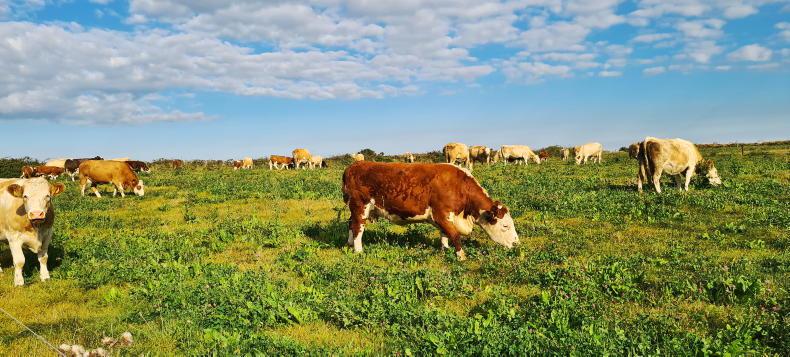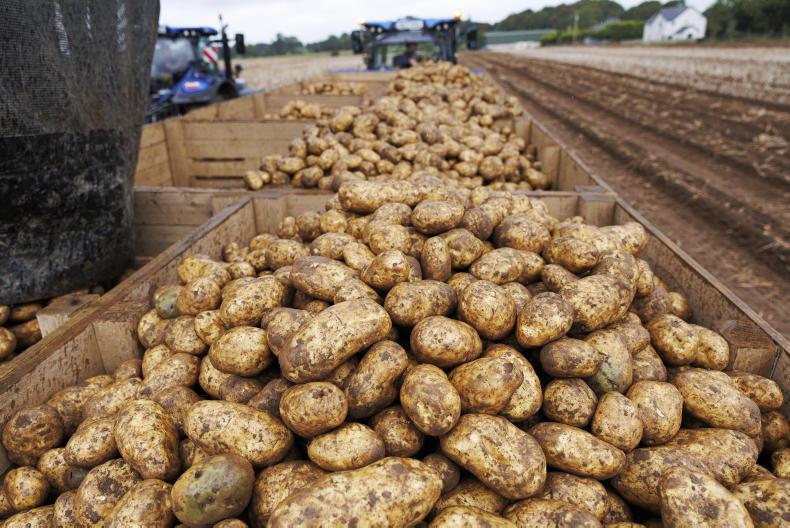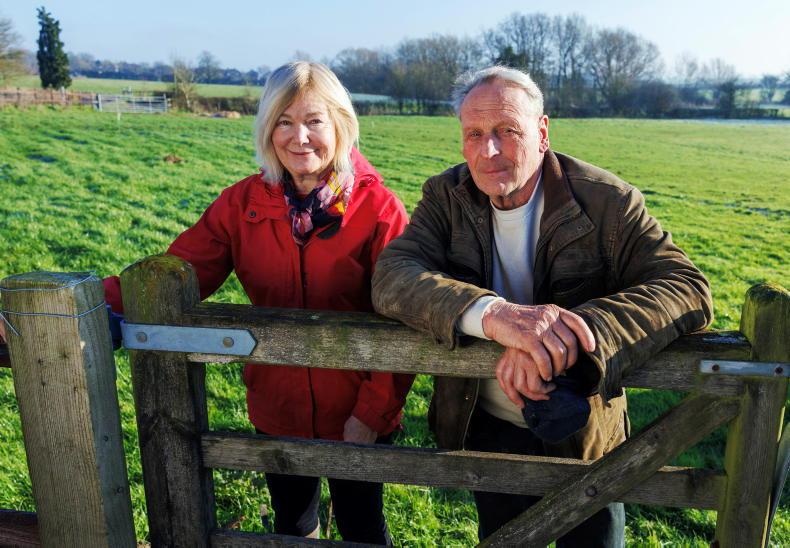It’s certainly been an interesting 12 months and, as the year draws to a close, the most important five months of 2022 remain ahead. No, it’s not that I’m terrible at maths but from experience I’ve learned that what occurs from January to early May in a particular year tends to be the most important part of the previous year.
Over the last decade we’ve had years where late April and early May were below 10°C and grass growth was slow.
The knock-on effect of that put farmers under pressure, especially when there wasn’t enough fodder in the bank.
When harvesting hay or silage in summer, you have a rough budget for what you need but you never know what variables lie ahead.
Some parts of the country ended up feeding silage in early summer 2022 as drought took hold. It did here too but the gamble on planting multispecies swards a few years ago paid off.
They provided a sufficient enough bank of standing pasture which meant we didn’t have to open a bale until the second week of September.
The other benefit from them was a higher level of legumes in the fields and that gave me a bit of confidence to pull back on chemical nitrogen use. That process has been gradual for the best part of a decade and backed up by soil sampling.
In 2020, I decided to stop spreading fertiliser in one paddock, just to see how it would perform. In 2021, another pair were left without chemical nitrogen.
On the back of how they went and with fertiliser prices sky-rocketing this time last year, a decision was made to chance a total of 10 of the 50 paddocks on the farm without fertiliser.
Slurry has become the primary fertiliser source until June over the last few years and clover had shown up well from May onwards in the first three paddocks of the experiment and the safety net of falling back on fertiliser was there if I felt pasture growth wasn’t going to plan.
The bonus was half of the fertiliser purchased last year was unused and will go towards the 2023 silage crop instead
With slurry and clover running the show until June, it meant there was really only a 10-week window to manage.
That was the plan and then the chief variable of weather stepped in and things changed. It didn’t rain for at least seven of those 10 weeks from June to the fertiliser spreading deadline.
Once the moisture arrived, growth took off and, in the end, only 11 paddocks or 20% of the farm area received chemical nitrogen and only two of those were used for grazing. The rest were predominantly silage fields.
The bonus was half of the fertiliser purchased last year was unused and will go towards the 2023 silage crop instead. In a year where input prices were so expensive it proved to be a good gamble, so far.









SHARING OPTIONS